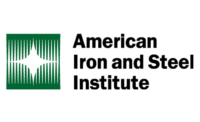The Portland Cement Association, which represents the majority of America’s cement manufacturers, is pleased to announce the release of the second edition of Design Manual for RCC Spillways and Overtopping Protection.
This edition provides the latest in design trends, mix designs, control sections, and construction means and methods for roller-compacted concrete spillways and overtopping protection. With some projects that have been in service for more than 40 years, a new chapter on performance highlights the design criteria that should be used to construct RCC hydraulic structures that are durable and sustainable in all-weather environments.
“The use of RCC for spillway construction is now the fast, resilient and proven method to add critical spillway capacity and improve the safety of deficient dams,” said Joshua Gilman, PCA’s Manager of Water Resources & Geotechnical Markets. “We are pleased to offer an updated design resource for water resource professionals, including 20 years of data and case study information.”
For more than 20 years, the manual’s first edition has served as the preeminent design reference for practitioners, regulators and contractors in the water resources industry. Cement-based products, such as RCC, are being employed across the world on water resources projects, with positive results and improved quality of life. The application has been implemented at more than 196 dams across 30 states.
The second edition of Design Manual for RCC Spillways and Overtopping Protection is available for free download on the PCA website. For more information, please contact Joshua Gilman at jgilman@cement.org.








